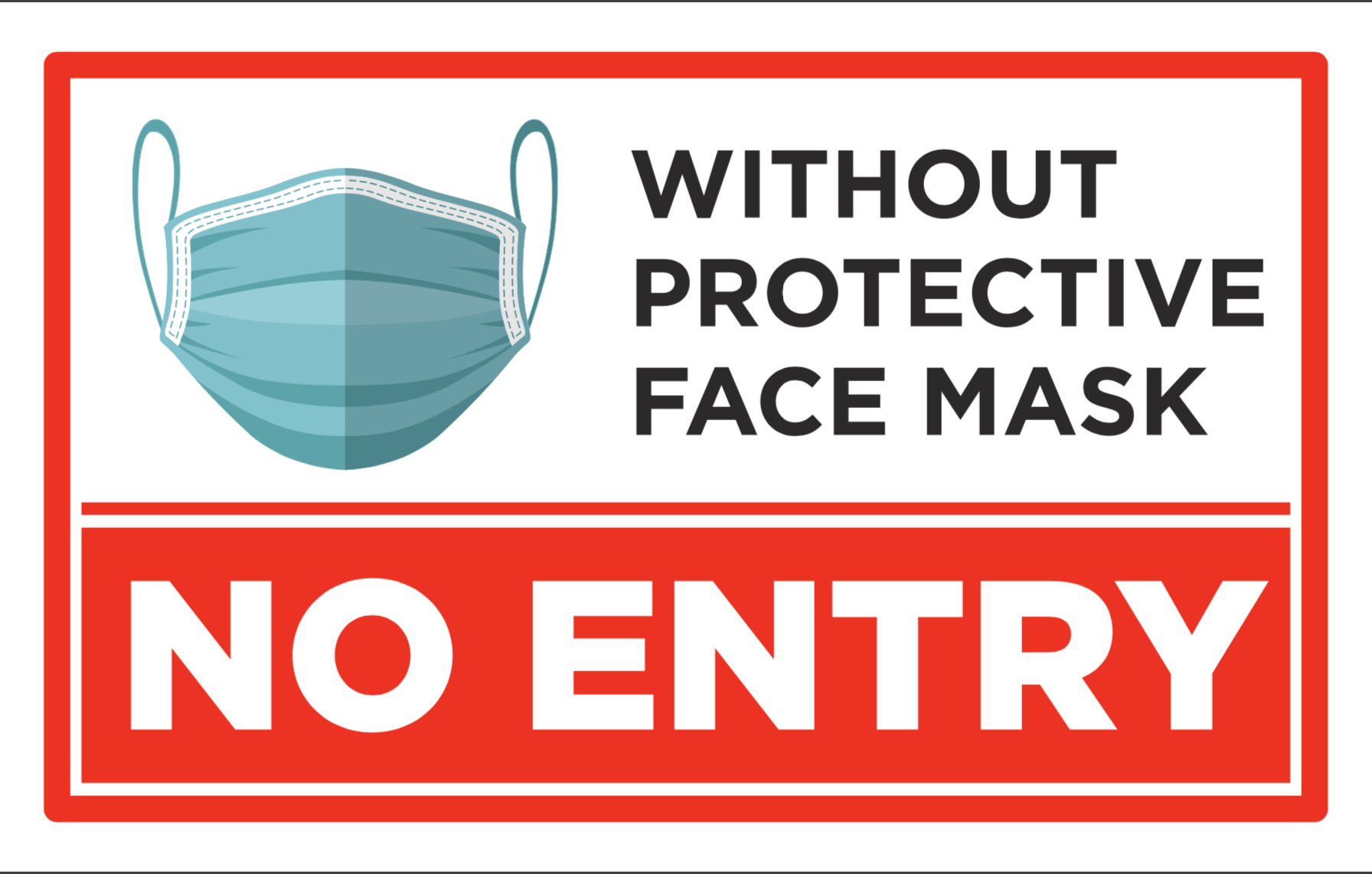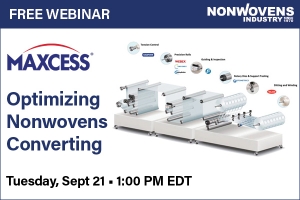Karen McIntyre, editor02.25.21
ASTM International has released its Standard Specification for Barrier Coverings, a set of best practices for manufacturing face masks. The voluntary standard-setting organization is more specific than current, more general guidelines like recommendations offered by the Centers for Disease Control. Coverings that meet the ASTM’s criteria will be able to be labeled as meeting ASTM F3502.
The standard was developed by ASTM’s F23 committee on personal protective clothing and equipment. Masks that conform to the new F3502 standard are not intended for use as medical procedure masks for source control or respirators for worker protection.
“Members of the committee worked together to reach a consensus and address the gap that exists for barrier face coverings that are neither a respirator nor a surgical mask,” ASTM International President Kathie Morgan said in statement. “The standard helps to benchmark products and will inform consumers when selecting face coverings for their intended use.”
Previously, standards related to face coverings applied only to those used in healthcare settings like surgical masks and N95 masks. The new standards will avoid general confusion related to the effectiveness of the covering by establishing specific requirements for design, performance, labeling, usages and classification.
In order for the masks to be labeled wit the ASTM standard, they must be tested at an accredited lab, proving they meet ASTM’s standards. The masks will be tested on two main properties—filtration efficacy and breathability. Each mask must be able to filter out particles as small as 0.3 microns and the exact percentage of particles able to filter out determines whether it is designated level one or two performance. Level one performance indicates the mask meets minimum requirements; level two shows a higher result.
Mask manufacturers seeking approval to include an F3502 label on their products would have to supply a certified testing laboratory with 10 specimens. Testing under the standard uses a modified version of the National Institute for Occupational Safety and Health’s (NIOSH) sub-micron particulate filtration efficiency testing method (42 CFR 82 Subpart K). Certified products would carry a label statement that the products meet the ASTM F3502 specification for barrier face coverings. However, the label must state the products are not a medical mask or a respirator.
There is speculation that OSHA will issue a directive by March 15 requiring the use of face coverings in the workplace. This directive follows an executive order issued by the Biden administration directing the department of labor to issue revised guidance on employee safety.
The use of fine fiber meltblown nonwovens has become a preferred substrate choice in masks because it is able to offer the high filtration efficiency with the low resistance for breathing needed in the requirements.
“There has been a lot of confusion about face coverings,” says INDA president Dave Rousse. “This is a positive step forward for the consumer…they need to know that just putting a handkerchief over your mouth isn’t going to protect you.”
INDA had approached NIOSH last year about developing a general public facemask standard. The association is hosting a webinar on March 2 to further discuss these standards and their implications
Rousse adds he hopes the standards will limit counterfeiting of N95 masks and respirators with manufacturing overstating the efficacy of their products. “Counterfeiting has become a big problem,” he says. “And buyers can be attracted by lower costs. We have seen the wild wild west of face masks with so many choices and product types. Now we have legitimate performance standards to allow consumers to make the right choice.”
The standard was developed by ASTM’s F23 committee on personal protective clothing and equipment. Masks that conform to the new F3502 standard are not intended for use as medical procedure masks for source control or respirators for worker protection.
“Members of the committee worked together to reach a consensus and address the gap that exists for barrier face coverings that are neither a respirator nor a surgical mask,” ASTM International President Kathie Morgan said in statement. “The standard helps to benchmark products and will inform consumers when selecting face coverings for their intended use.”
Previously, standards related to face coverings applied only to those used in healthcare settings like surgical masks and N95 masks. The new standards will avoid general confusion related to the effectiveness of the covering by establishing specific requirements for design, performance, labeling, usages and classification.
In order for the masks to be labeled wit the ASTM standard, they must be tested at an accredited lab, proving they meet ASTM’s standards. The masks will be tested on two main properties—filtration efficacy and breathability. Each mask must be able to filter out particles as small as 0.3 microns and the exact percentage of particles able to filter out determines whether it is designated level one or two performance. Level one performance indicates the mask meets minimum requirements; level two shows a higher result.
Mask manufacturers seeking approval to include an F3502 label on their products would have to supply a certified testing laboratory with 10 specimens. Testing under the standard uses a modified version of the National Institute for Occupational Safety and Health’s (NIOSH) sub-micron particulate filtration efficiency testing method (42 CFR 82 Subpart K). Certified products would carry a label statement that the products meet the ASTM F3502 specification for barrier face coverings. However, the label must state the products are not a medical mask or a respirator.
There is speculation that OSHA will issue a directive by March 15 requiring the use of face coverings in the workplace. This directive follows an executive order issued by the Biden administration directing the department of labor to issue revised guidance on employee safety.
The use of fine fiber meltblown nonwovens has become a preferred substrate choice in masks because it is able to offer the high filtration efficiency with the low resistance for breathing needed in the requirements.
“There has been a lot of confusion about face coverings,” says INDA president Dave Rousse. “This is a positive step forward for the consumer…they need to know that just putting a handkerchief over your mouth isn’t going to protect you.”
INDA had approached NIOSH last year about developing a general public facemask standard. The association is hosting a webinar on March 2 to further discuss these standards and their implications
Rousse adds he hopes the standards will limit counterfeiting of N95 masks and respirators with manufacturing overstating the efficacy of their products. “Counterfeiting has become a big problem,” he says. “And buyers can be attracted by lower costs. We have seen the wild wild west of face masks with so many choices and product types. Now we have legitimate performance standards to allow consumers to make the right choice.”

















